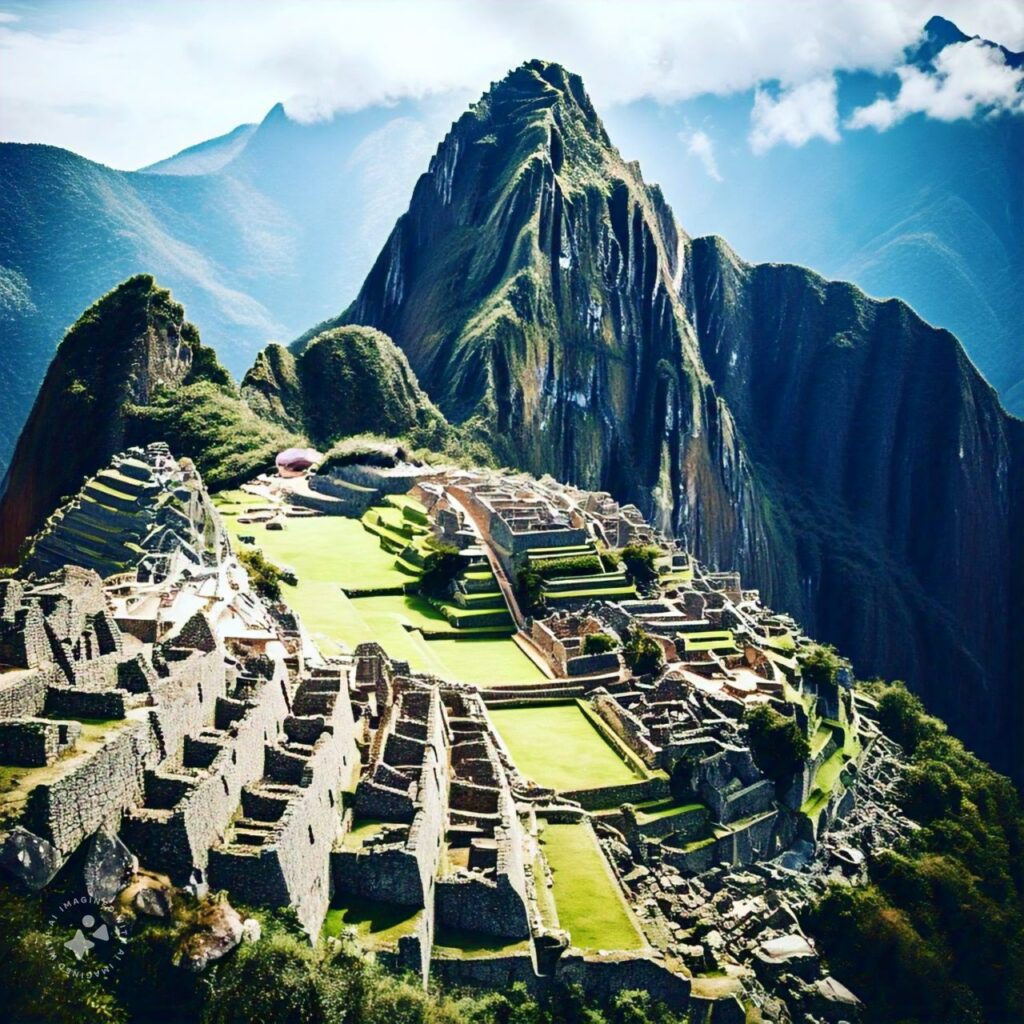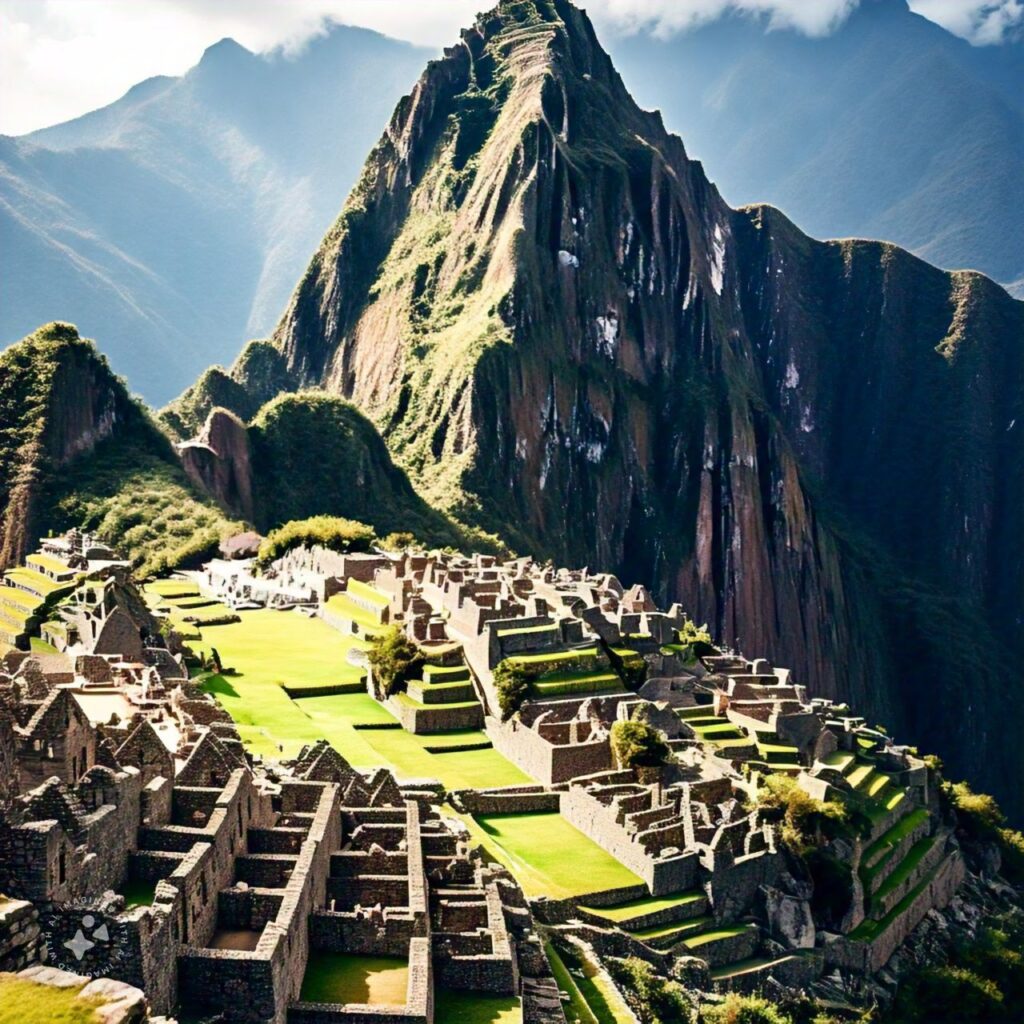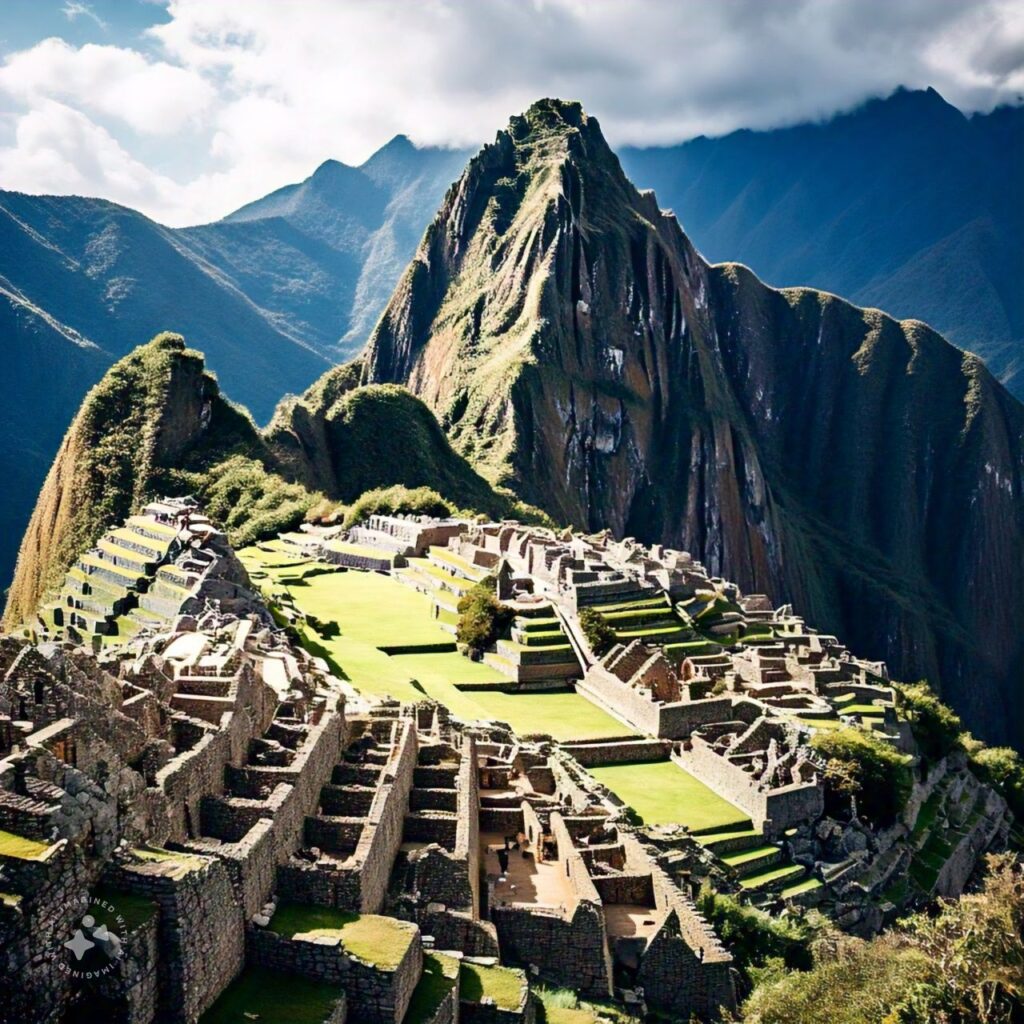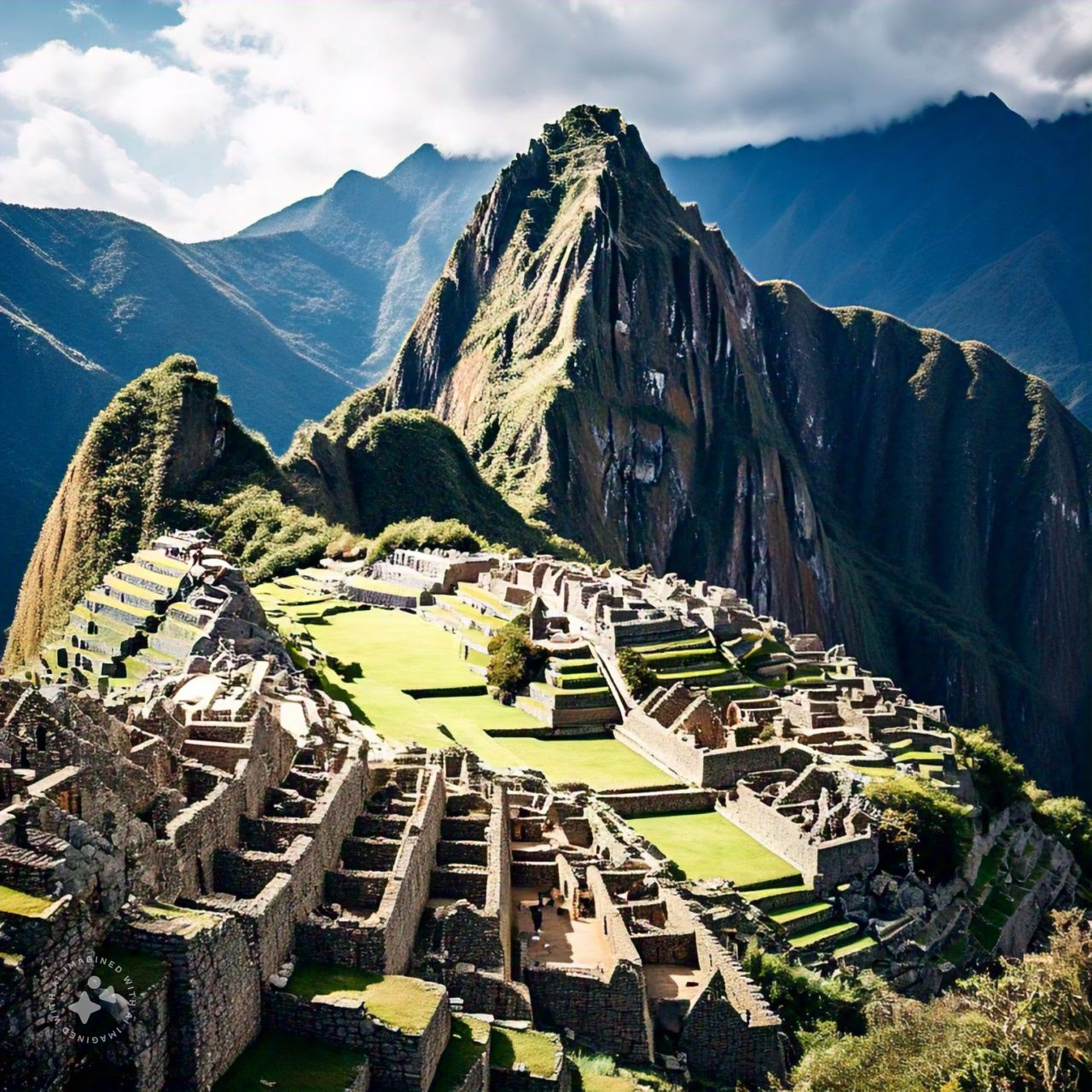Nestled high in the Peruvian Andes, Machu Picchu is one of the world’s most mysterious and awe-inspiring archaeological sites. This ancient city, built by the Inca civilization over 500 years ago, has captivated the imaginations of explorers, historians, and travelers alike. Often referred to as the “Lost City of the Incas,” Machu Picchu continues to fascinate with its sophisticated architecture, stunning location, and the enigma surrounding its purpose and abandonment.
In this article, we will explore the history, construction, cultural significance, and enduring legacy of Machu Picchu, as well as its place as one of the New Seven Wonders of the World.

The Discovery of Machu Picchu
Machu Picchu remained hidden from the outside world for centuries, its existence known only to the local Quechua people who lived in the surrounding mountains. It was not until 1911 that the city gained international recognition. The site was rediscovered by the American historian and explorer Hiram Bingham, who was led to the area by local farmers. Bingham’s expedition sparked global interest in Machu Picchu, although it is believed that the city was already known to some locals before his arrival.
Though Bingham is often credited with rediscovering Machu Picchu, it is important to note that the city had been abandoned long before his visit. Over time, the city had been reclaimed by nature, with thick jungle growth hiding its existence. Bingham’s findings brought the lost city into the global spotlight, and it has since become one of the most famous and visited archaeological sites in the world.
The History of Machu Picchu: The Inca Empire
Machu Picchu was built during the height of the Inca Empire, which flourished in South America from the early 15th century until the Spanish conquest in the early 16th century. The Inca civilization, known for its impressive engineering, advanced agricultural techniques, and vast road networks, was centered in the Andean region, stretching across what is now Peru, Ecuador, Bolivia, Chile, and Argentina.
Machu Picchu was constructed in the mid-15th century under the reign of the Inca emperor Pachacuti (also known as Pachacutec), one of the empire’s most powerful and transformative leaders. It is believed that the city was intended as a royal estate for Pachacuti or as a sacred religious site. The exact purpose of Machu Picchu remains a subject of debate among historians and archaeologists, with theories ranging from its use as a ceremonial center to a military stronghold or even a summer retreat for the Inca elite.
The site’s remote location, perched on a mountain ridge 2,430 meters (7,970 feet) above sea level, suggests that it was a strategic and protected site. It was likely constructed to take advantage of natural fortifications and to be difficult for enemies to access. However, the fact that Machu Picchu was not discovered by the Spanish conquerors, who destroyed much of the Inca civilization, adds to its mystique.

The Construction of Machu Picchu: Engineering Marvel
One of the most remarkable aspects of Machu Picchu is its construction. The city’s architecture, made primarily from stone, demonstrates the Incas’ exceptional skills in engineering and masonry. Unlike many ancient civilizations, the Incas did not use mortar in their stone construction. Instead, they used precisely cut stones, shaped with remarkable accuracy to fit together without the need for cement. This technique, known as ashlar masonry, allowed the stones to interlock so tightly that even a knife blade cannot be inserted between them.
The city is divided into two main areas: the urban sector and the agricultural sector. The urban area includes the famous Intihuatana stone (a ritual stone associated with astronomy and solar observance), temples, palaces, and plazas, while the agricultural terraces are used for farming and are an example of the Inca’s sophisticated methods of farming in difficult mountainous terrain. The terraces are supported by stone walls and were likely used to cultivate crops such as maize and potatoes.
The precision and thoughtfulness of the construction are evident in the water management systems at Machu Picchu. The Incas built aqueducts, fountains, and irrigation channels to ensure a steady supply of water throughout the city. These water systems, which are still functional today, highlight the Incas’ advanced understanding of hydraulics and their ability to design cities that were both functional and sustainable.
The Purpose of Machu Picchu: A Place of Mystery
The precise purpose of Machu Picchu remains one of the great mysteries of the Inca civilization. While there is consensus that it was likely a royal estate or a sacred site, there are several theories about its exact role:
- Religious and Ceremonial Center: Some scholars believe that Machu Picchu served as a religious center dedicated to the worship of the sun god, Inti. This theory is supported by the presence of the Intihuatana stone, which is thought to have been used in astronomical observations to mark the solstices and equinoxes, possibly in connection with Inca religious rituals.
- Military Stronghold: The city’s strategic location and defensive features suggest that it may have served as a military outpost or fortress. Its difficult-to-reach position on the mountainside could have been used to protect the Inca Empire from invaders.
- Royal Estate or Retreat: It is also possible that Machu Picchu was a royal estate used by Pachacuti or other Inca rulers as a retreat or private residence. Its secluded location and luxurious features, including its fine stone buildings, would make it an ideal spot for the elite to escape from the hustle and bustle of the empire.
- Agricultural Hub: Given the extensive terraces and advanced agricultural techniques employed, some believe that Machu Picchu was primarily an agricultural center that provided food for the Inca elite.
Regardless of its exact purpose, the sheer scale and sophistication of Machu Picchu make it one of the most important archaeological sites in the world. Its role in Inca society is likely multifaceted, combining religious, ceremonial, residential, and agricultural functions.

The Abandonment of Machu Picchu
Machu Picchu was abandoned by the Incas in the early 16th century, likely due to the Spanish conquest of the Inca Empire. While the Spanish destroyed much of the Inca civilization, Machu Picchu was spared, possibly because it was hidden deep in the mountains and remained unknown to the conquerors.
After its abandonment, the city was slowly reclaimed by nature. Over the centuries, it became buried under thick jungle growth, with only local farmers and the occasional traveler knowing of its existence. It wasn’t until the early 20th century, with the rediscovery by Hiram Bingham, that Machu Picchu began to receive the attention it deserved.
Machu Picchu Today: A UNESCO World Heritage Site
Machu Picchu is now one of the most famous tourist destinations in the world and was designated as a UNESCO World Heritage Site in 1983. It attracts millions of visitors each year, who come to explore the ruins, hike the surrounding mountain trails, and experience the breathtaking beauty of the site and its surroundings. The Inca Trail, a multi-day hike that leads to Machu Picchu, is one of the most popular trekking routes in the world, offering a challenging and rewarding experience.
Efforts have been made to preserve the site, as tourism has put pressure on the fragile ruins. Strict regulations are in place to limit the number of visitors and reduce environmental impact, ensuring that Machu Picchu remains a site for future generations to enjoy.
Conclusion: The Timeless Wonder of Machu Picchu
Machu Picchu stands as a testament to the engineering brilliance, cultural richness, and enduring legacy of the Inca civilization. Its stunning location, advanced construction, and mystery surrounding its purpose make it one of the most fascinating archaeological sites in the world. The “Lost City of the Incas” continues to capture the imagination of all who visit, offering a unique glimpse into a world that has long since passed.
As one of the New Seven Wonders of the World, Machu Picchu remains not only a symbol of Peru’s rich cultural heritage but also a monument to the ingenuity and vision of the ancient Inca civilization. It stands tall amidst the Andean peaks, a timeless and awe-inspiring wonder for all to admire.
